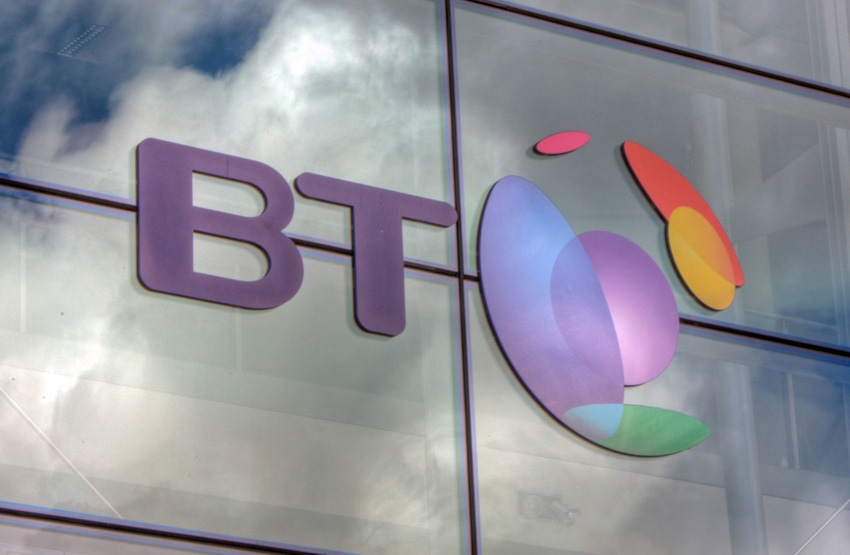Things are set to get a lot more difficult for all other UK telco and content players. The country’s dominant fixed line operator and its largest mobile operator have agreed on a price for the former to buy the latter, having first announced the potential move late last year. The combined operations will have a distinct advantage in the delivery of combined communications services, generally referred to as multiplay.
February 5, 2015

Things are set to get a lot more difficult for all other UK telco and content players. The country’s dominant fixed line operator and its largest mobile operator have agreed on a price for the former to buy the latter, having first announced the potential move late last year. The combined operations will have a distinct advantage in the delivery of combined communications services, generally referred to as multiplay.
BT has agreed definitive terms to acquire EE for £12.5 billion, which will be financed by a combination of debt and new shares. EE is joint-owned by Deutsche Telecom and Orange and upon completion DT will own 12% of BT and Orange will have 4%, having chosen to take a larger amount of up-front cash.
“This is a major milestone for BT as it will allow us to accelerate our mobility plans and increase our investment in them,” said BT Chief Executive Gavin Patterson. “The UK’s leading 4G network will now dovetail with the UK’s biggest fibre network, helping to create the leading converged communications provider in the UK.”
“Joining BT represents an exciting next stage for our company, customers, and people,” said EE Chief Executive Olaf Swantee. “In the last few years alone, we have built the UK’s biggest, fastest and best 4G network, significantly advancing the digital communications infrastructure for people and businesses across Britain. Today’s announcement will ensure the UK remains at the forefront of the mobile revolution, bringing even more innovation and investment in world leading connectivity for our customers.”
“The transaction is much more than just the creation of the leading integrated fixed and mobile network operator in Europe’s second largest economy,” said Deutsche Telekom Chief Executive Tim Höttges. “We will be the largest individual shareholder in BT and are laying the foundations for our two companies to be able to work together in the future. This is another example of the consistent and successful execution of our portfolio optimisation strategy.”
Perhaps not by chance the announcement coincides with EE reporting its Q4 and full year 2014 numbers. EE added 2 million 4G customers in Q4 taking the full year total for the year to 5.7 million and the grand total to 7.7 million. In the light of Ofcom’s recent obsession with population coverage EE revealed it already covers 84% of the population, so it’s nearly at the 90% target already.
In spite of this EE’s financial numbers seem to be pretty flat year-on-year, but it still managed nearly 200,000 postpaid subscriber net adds. “Over the past three years we have transformed our company into a clear market leader – EE – with the UK’s undisputed best network,” said Swantee. “We have achieved our goals of maintaining revenue leadership, generating £3.5bn in savings to reach a 25% adjusted EBITDA margin and building the UK’s best network with Europe’s largest number of 4G customers.”
Full year unless otherwise noted | Year ended 31 December 2014 | Year-on-year change (%) | Q4 year-on-year change (%) |
Turnover | £6,327m | (2.4%) | (1.2%) |
Operating revenue | £6,041m | (1.4%) | (1.8%) |
Operating rev change (excl. reg.) | (0.2%) | (1.0%) | |
Adj. EBITDA | £1,589m | 1.0% | |
Adj. EBITDA margin | 25.1% | 0.8ppts | |
Q4 Postpaid Net Adds | 192k | ||
Q4 Postpaid Churn | 1.2% | 0.0ppts |
BT detailed the standard claims around synergies and shareholder value, in part because this deal still needs to be approved by those shareholders. The other set of people BT needs to convince are the UK competition authorities and the concessions demanded by them may turn shareholders off a perceived Pyrrhic victory. Then again passive institutional shareholders may just go with the flow. BT expect to find out one way or the other during its 2015/16 financial year, which concludes at the end of March 2016.
For more see – Analysts on BT/EE: light at the end of regulatory tunnel but quad-play success not guaranteed
About the Author(s)
You May Also Like








.png?width=300&auto=webp&quality=80&disable=upscale)


_1.jpg?width=300&auto=webp&quality=80&disable=upscale)


.png?width=800&auto=webp&quality=80&disable=upscale)